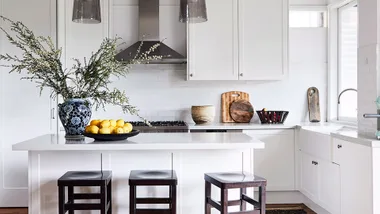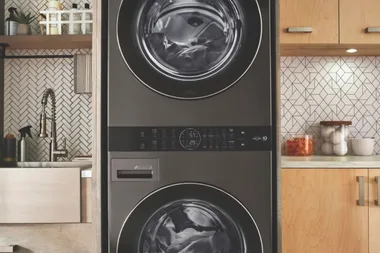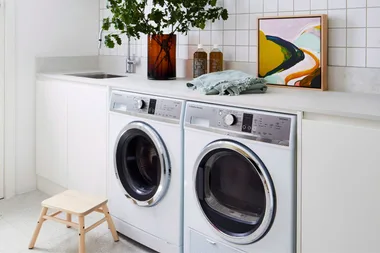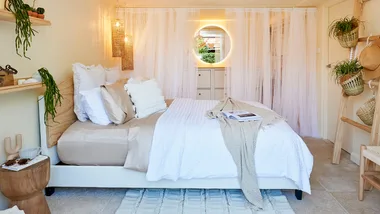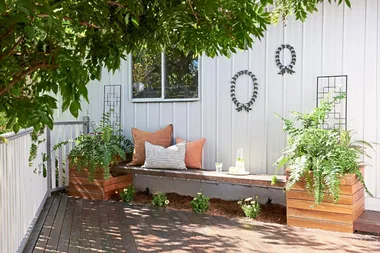Have a condensation problem in your home? Does it feel like you’re constantly in a running battle with it? You’re not the only one. It’s a common issue that many Aussies face.
Condensation isn’t a problem just reserved for winter, but it is more prominent in the colder months.
When damp air comes into contact with a cold surface, or enters a cold room where the dew point is lower, condensation occurs as water vapour turns into droplets. If this continues without drying out, mould forms.
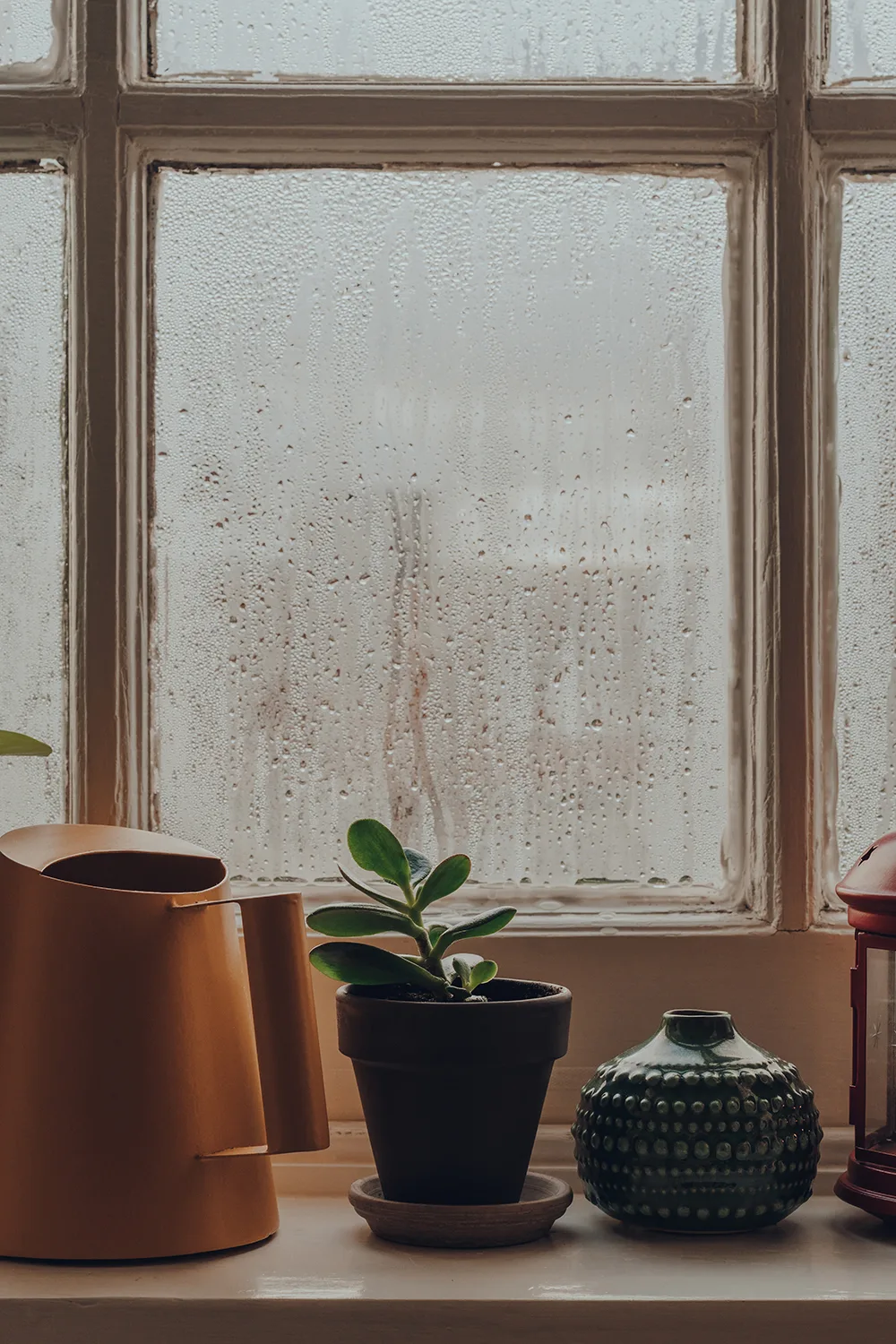
While moist air occurs in warm parts of the house, it will often move to colder areas, such as bathrooms and bedrooms, and condense there.
The best ways to control condensation
- Install double-glazed windows, as they tolerate higher indoor humidity levels.
- Open blinds or slightly open windows to increase ventilation. Closed blinds can trap warm air between the window and the blind, increasing humidity.
- Utilise ceiling fans to circulate air.
- For unoccupied rooms, keep doors and/or windows open.
- Run exhaust fans in the bathroom and kitchen, especially when cooking or showering, to prevent an increase in moisture.
- Clear all vent ducts of lint and other obstructions.
- Use dehumidifiers where needed.
Once condensation is controlled as much as possible, clean the mould with anti-mould solutions, then paint with mould resistant paint.
How to stop condensation on windows overnight
It’s as simple as making sure there’s ventilation in the room. If you’re getting lots of condensation on your windows during the night, it means the inside of your home is much warmer and more moist than outside. Cracking a window open, or having an air vent will lower levels of moisture in the air.

